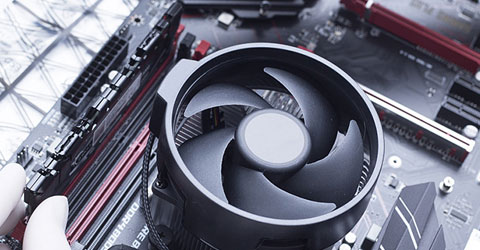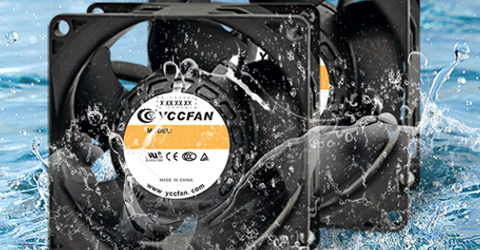Why the Radiator Cooling Fan Matters for Car A/C Cooling
Sweltering day, stop-and-go traffic, and your vents start blowing air that’s more “meh” than minty—sound familiar? The fix often isn’t in the refrigerant can but in the airflow, and that’s where the cooling fan earns its keep. Your A/C’s refrigeration loop can’t shed heat without air moving across the condenser, especially when road speed can’t supply natural ram air.
In this guide, you’ll get a clear, driver-focused look at how the system actually moves heat, why the car radiator cooling fan is the condenser’s lifeline at idle, and what happens when that fan goes lazy or silent.
How the Car A/C System Works—With a Cooling Fan In The Loop
At its core, your A/C is a heat conveyor: it lifts heat out of the cabin and throws it at the outside air. The compressor squeezes refrigerant into a hot, high-pressure vapor so it can dump latent heat in the condenser. After shedding that heat, the refrigerant exits the condenser as a high-pressure liquid with a touch of subcooling—a margin that keeps it confidently liquid before metering. The expansion device (TXV or orifice tube) then snaps pressure and temperature down so the refrigerant can boil inside the evaporator. Your blower moves cabin air across those cold fins; the refrigerant soaks up that heat and returns to the compressor as a low-pressure vapor with controlled superheat, protecting the compressor. None of this feels great at idle without airflow across the condenser, and that’s where the cooling fan earns its paycheck. When road speed can’t supply natural “ram air,” the cooling fan pulls air through the front heat-exchanger stack so the condenser keeps rejecting heat instead of letting pressures creep up and vent temps drift warm. Proper shrouding and perimeter seals around the cooling fan stop bypass and recirculation, meaning more of the air you move actually passes through the fins and less loops around the engine bay doing nothing.

Why the Car Radiator Cooling Fan Is Essential For A/C
Stuck at a light or inching through traffic, the car radiator cooling fan becomes the condenser’s lifeline. Its job is to pull a uniform stream of air through the whole stack—condenser first, radiator behind it, sometimes a transmission or charge-air cooler too. That steady flow lowers the condenser’s surface temperature and keeps high-side pressure in the efficient zone, so the evaporator can stay properly cold and your vents stay consistently crisp. Modern vehicles don’t just flip the car radiator cooling fan on and off; the controller modulates speed—usually via PWM—based on A/C high-side pressure, coolant temperature, ambient conditions and vehicle speed. This closed loop quietly balances three things at once: cabin comfort, compressor load, and engine (or inverter) temperature. Hardware matters, too. A puller-style cooling fan mounted behind the stack with a full shroud minimizes hot-air recirculation and evens out face velocity, so you don’t get a cold “bullseye” in the middle and warm corners. The net effect for you: smoother fan behavior, fewer pressure spikes that punish the compressor, and an engine that doesn’t feel like it’s laboring every time you stop.
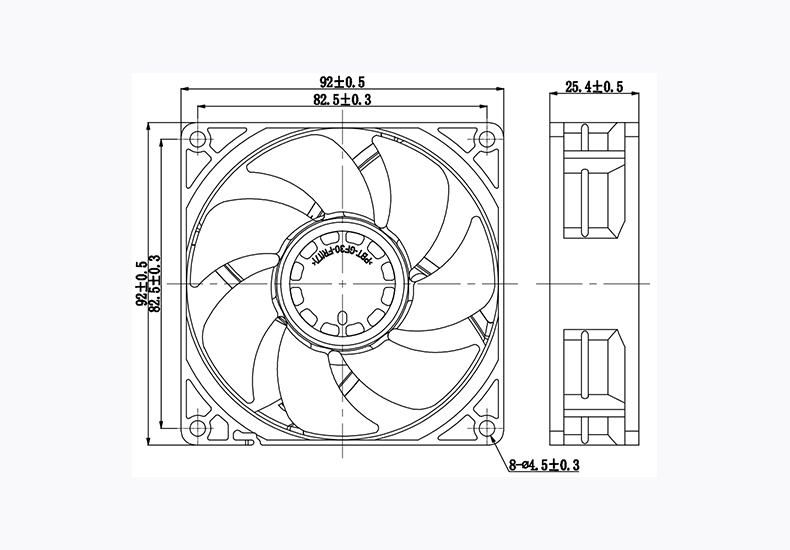
Consequences Of a Malfunctioning Car Radiator Cooling Fan
If the car radiator cooling fan is weak or silent, the A/C develops a split personality—ice-cold while cruising, lukewarm the moment you stop. Without forced airflow, condenser heat can’t escape, high-side pressure surges, and the controller may shut the compressor down to protect the system. You experience that as intermittent cooling and vent temperatures that wander. Meanwhile the radiator loses its assist, under-hood temperatures soak upward, and plastics, wiring, and the fan control module live a harder, hotter life. The compressor also works against higher discharge pressure, which shows up as extra noise, clutch slip on clutch-type units, higher current draw on electric compressors, and ultimately a shorter service life. In ugly cases a pressure relief may vent refrigerant; repeated heat soak can darken connectors, weaken grounds, and pop fuses—leaving you with no cooling fan at all. It’s tempting to blame “low refrigerant,” but a telltale pattern—cold at speed, warm at idle—points first to airflow: a failing cooling fan, a cracked shroud that lets air bypass, or a condenser face matted with debris.
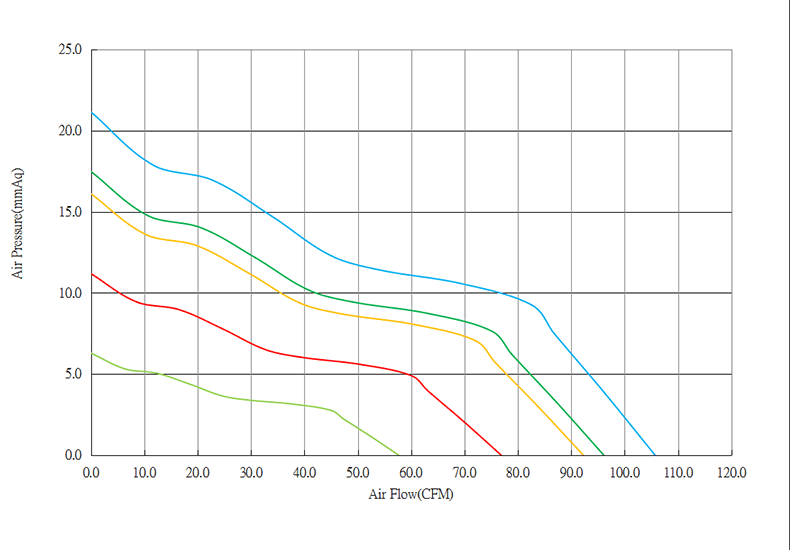
Quick Cooling Fan Symptoms & Easy Checks
You can screen for cooling fan issues in minutes. On a hot day, park safely, turn the A/C on, and pop the hood: within seconds you should hear or see at least a low fan speed; as heat load rises, speed should increase or the second fan should join on dual-fan setups. If air turns warm only at idle, suspect airflow before you chase the charge level. Watch the temperature gauge in slow traffic—any upward creep hints the radiator is missing the car radiator cooling fan’s help. Do a careful visual: clear leaves and road grit from the condenser, confirm the fan shroud and perimeter seals are intact (no big gaps that invite bypass), and straighten badly folded fins that choke flow. If you’ve got a scan tool, look for high-side pressure and cooling fan duty cycle moving together; flat fan duty with rising pressure is a red flag. Electrical basics matter, too—check fuses, relays, grounds, and connectors for heat discoloration or looseness. Clean the condenser gently from the engine side outward with low-pressure water so you don’t mash fins. And keep hands and tools clear—cooling fans can start unexpectedly when commanded by the ECU, even with the engine off.
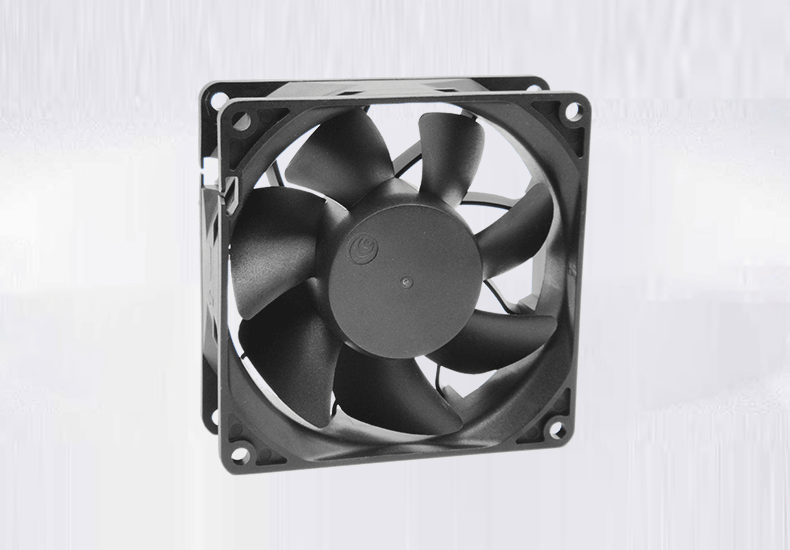
Conclusion
When the car is creeping and the sun is blazing, the cooling fan is the difference between crisp comfort and lukewarm disappointment. It keeps condenser temperatures—and high-side pressures—where they belong, protects the compressor from punishment, and lends the radiator a crucial assist.



